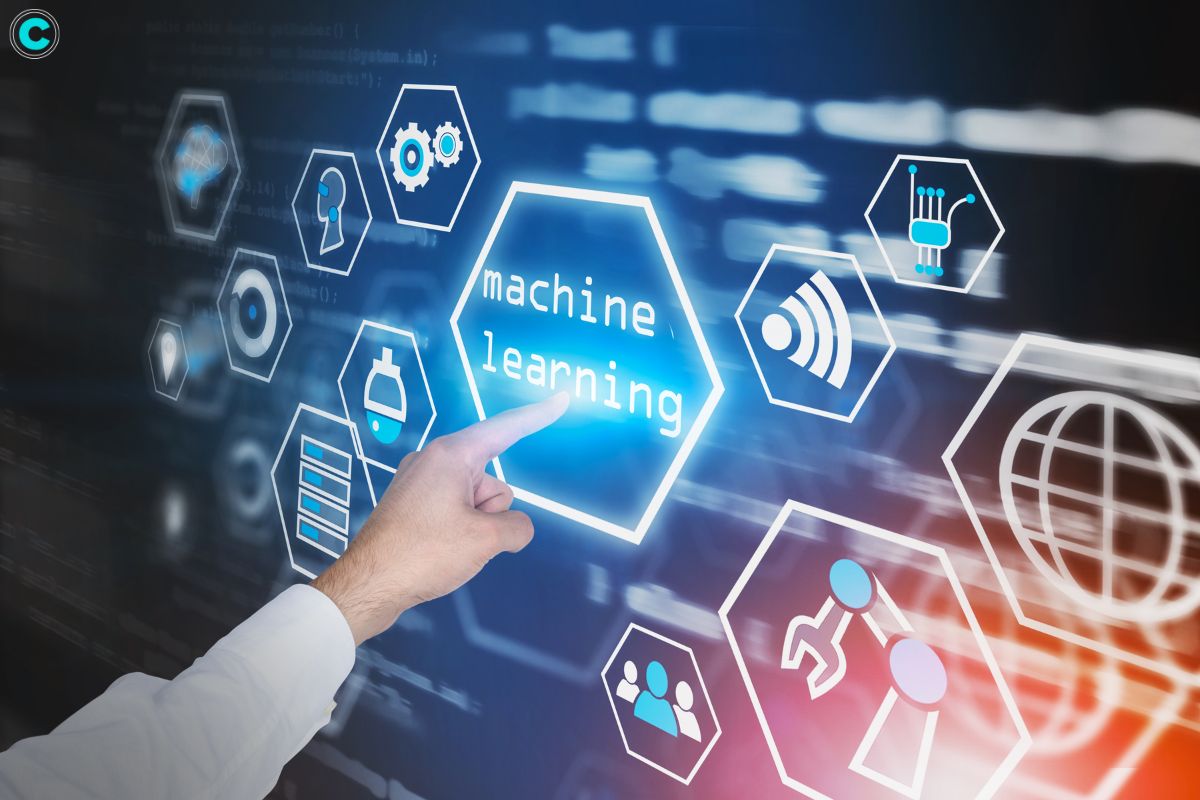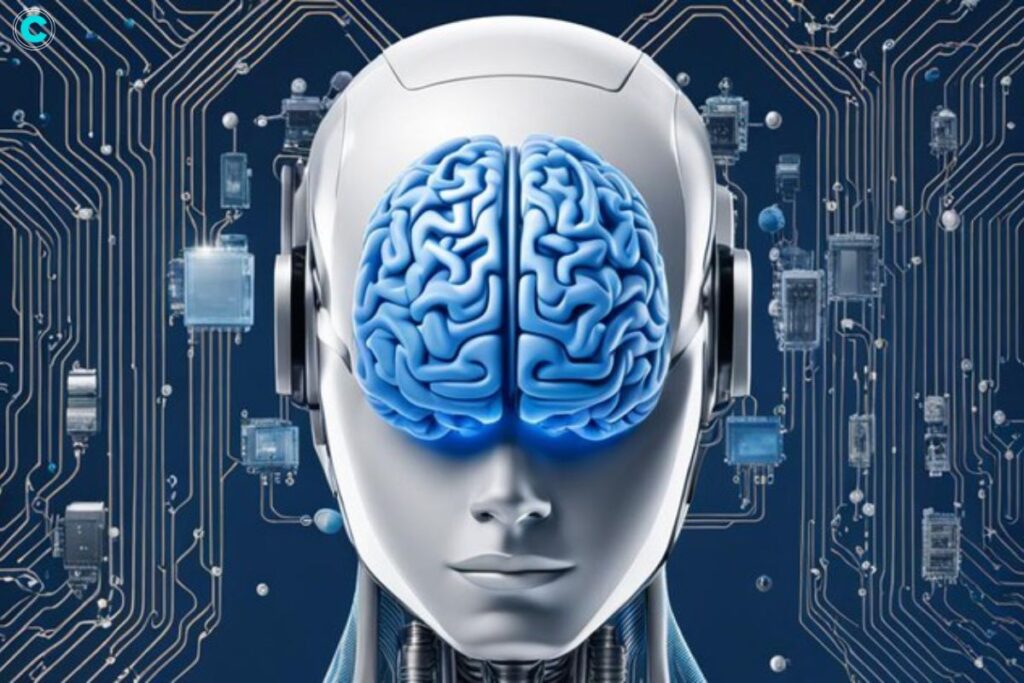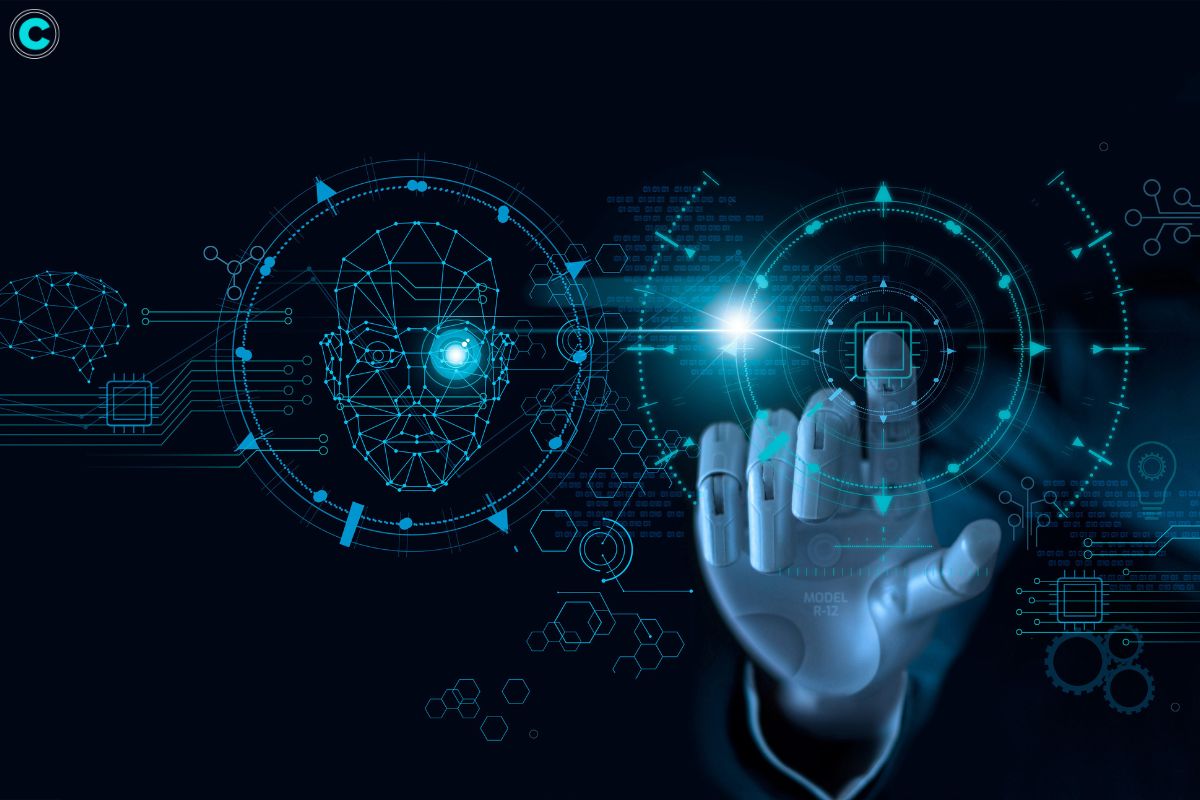Artificial intelligence (AI) is an exciting field that’s making big strides in technology and science. One of the hottest topics in AI is deep learning and machine learning. People often use these terms interchangeably, but they actually mean different things and have different approaches. In this article, we’ll break down the differences between deep learning vs. machine learning, look at how they’re used in real life, and show why they matter in different industries. Our goal is to explain these concepts in a way that’s easy to understand and relatable for everyone.
Understanding Deep Learning vs. Machine Learning
What is Machine Learning?

Machine learning is a subset of AI that focuses on building systems that can learn and improve from experience without being explicitly programmed. The core idea is to use algorithms to parse data, learn from it, and make a determination or prediction. Here’s a simple breakdown of the key components:
- Algorithms: The procedures or formulas for solving a problem.
- Data: The information is fed into algorithms to learn from.
- Models: The output of machine learning algorithms that can make predictions or decisions.
Machine learning models are typically classified into three categories:
- Supervised Learning: The model is trained on a labeled dataset, meaning that each training example is paired with an output label.
- Unsupervised Learning: The model is given data without explicit instructions on what to do with it. It must find patterns and relationships within the data.
- Reinforcement Learning: The model learns by interacting with an environment and receiving rewards or penalties based on its actions.
What is Deep Learning?
Deep learning is a subset of machine learning that uses neural networks with many layers (hence “deep”) to analyze various factors of data. It attempts to mimic the human brain by enabling these networks to learn from large amounts of data. Deep learning is particularly effective in dealing with unstructured data like images, audio, and text.
The primary difference between deep learning and traditional machine learning is the complexity and depth of the neural networks involved. While traditional machine learning models often require manual feature extraction, deep learning models automate this process, handling raw data directly.
Key Differences: Deep Learning vs. Machine Learning
Data Dependencies
- Machine Learning: Performs well with smaller datasets.
- Deep Learning: Requires large volumes of data to achieve high performance.
Hardware Dependencies
- Machine Learning: Can run efficiently on a typical CPU.
- Deep Learning: Requires powerful GPUs and TPUs for training large networks.
Feature Engineering
- Machine Learning: Often requires manual feature extraction.
- Deep Learning: Automatically extracts features through layers of neural networks.
Performance
- Machine Learning: Adequate for simpler tasks and structured data.
- Deep Learning: Excels in complex tasks like image and speech recognition, which involve unstructured data.
Interpretability
- Machine Learning: Models are generally easier to interpret.
- Deep Learning: Models act as black boxes, making interpretation more challenging.
Applications of Machine Learning

Machine learning has been successfully applied across various domains. Some notable applications include:
- Email Filtering: Spam detection systems that learn from examples of spam emails.
- Recommendation Systems: Online platforms like Netflix and Amazon use machine learning to recommend products and content.
- Financial Services: Fraud detection systems that identify unusual patterns in transaction data.
- Healthcare: Predictive models that assist in diagnosing diseases based on patient data.
Applications of Deep Learning
Deep learning has enabled significant advancements in fields that involve large amounts of unstructured data. Key applications include:
- Computer Vision: Image and facial recognition systems used in security and social media platforms.
- Natural Language Processing (NLP): Language translation services, sentiment analysis, and chatbots.
- Speech Recognition: Voice-activated assistants like Siri and Alexa.
- Autonomous Vehicles: Self-driving cars that process vast amounts of visual and sensory data in real-time.
Choosing Between Deep Learning vs. Machine Learning
When deciding between deep learning and machine learning for a project, consider the following:
- Data Size: If you have a small to moderate amount of data, traditional machine learning methods may suffice. For large datasets, deep learning might be more effective.
- Computational Resources: Machine learning can run on standard hardware, while deep learning typically requires more advanced and powerful hardware.
- Problem Complexity: For tasks like image or speech recognition, deep learning is more suitable. For simpler, structured data tasks, machine learning is often adequate.
- Model Interpretability: If interpretability is crucial, traditional machine learning models are preferable due to their transparency compared to the opaque nature of deep learning models.
FAQs on Deep learning vs. Machine learning
1. What is the main difference between deep learning and machine learning?
The main difference is that deep learning is a subset of machine learning involving neural networks with many layers, allowing it to handle large amounts of unstructured data, whereas traditional machine learning models are typically simpler and require structured data.
2. Can machine learning work with small datasets?

Yes, machine learning algorithms can perform well with smaller datasets. Deep learning, on the other hand, usually requires large datasets to be effective.
3. Why does deep learning require more computational power?
Deep learning models involve complex neural networks with many layers, which require significant computational power, often necessitating the use of GPUs or TPUs.
4. Are deep learning models always better than traditional machine learning models?
Not necessarily. Deep learning models excel in handling unstructured data and complex tasks but require large datasets and significant computational resources. For smaller datasets and simpler tasks, traditional machine learning models might be more appropriate.
5. What are some common applications of machine learning?
Common applications include email filtering, recommendation systems, financial fraud detection, and predictive healthcare models.

Understanding the Differences: Machine Learning vs. Artificial Intelligence
Machine learning vs. artificial intelligence – these terms may sound similar, but they represent different facets of the technological landscape. To comprehend their
Conclusion
Understanding the differences between deep learning vs. machine learning is essential for leveraging AI’s full potential. Both fields offer powerful tools and techniques that, when applied appropriately, can transform industries and drive innovation. By carefully considering the nature of your data, computational resources, and specific project needs, you can make informed decisions about which approach to use.






